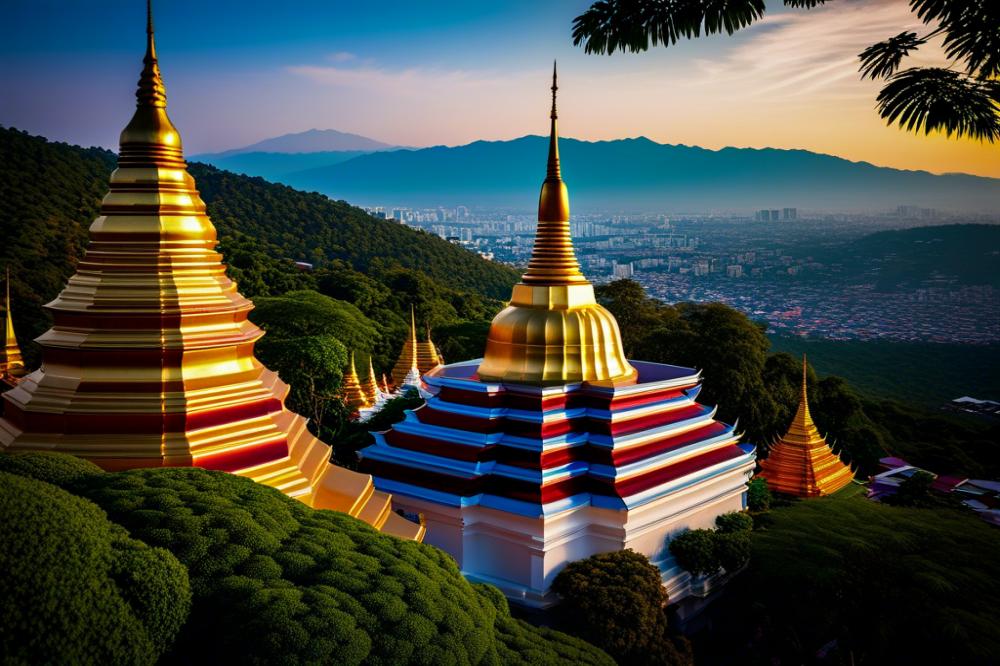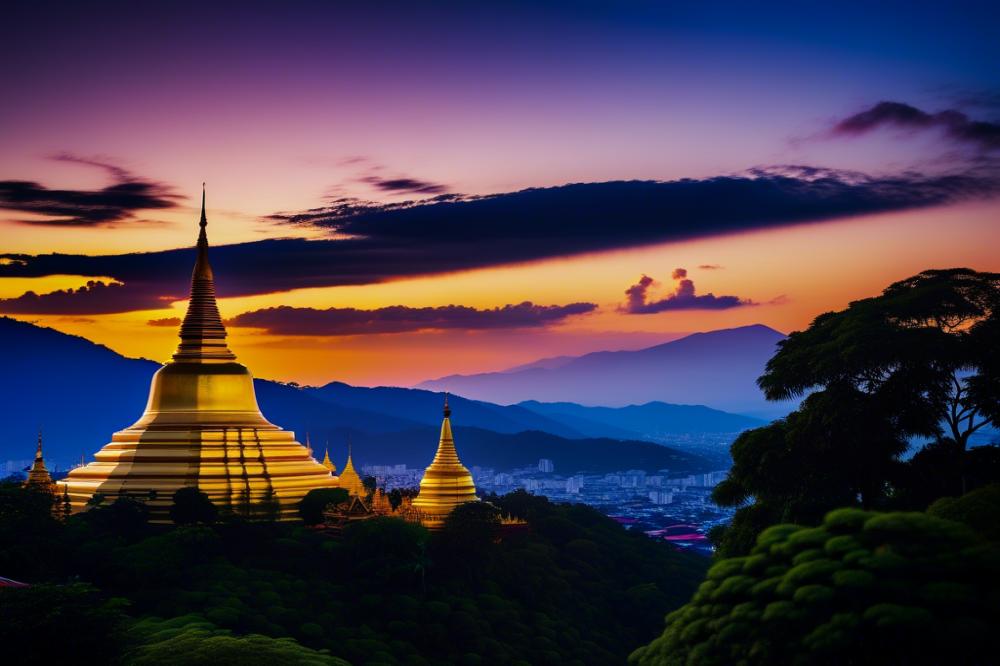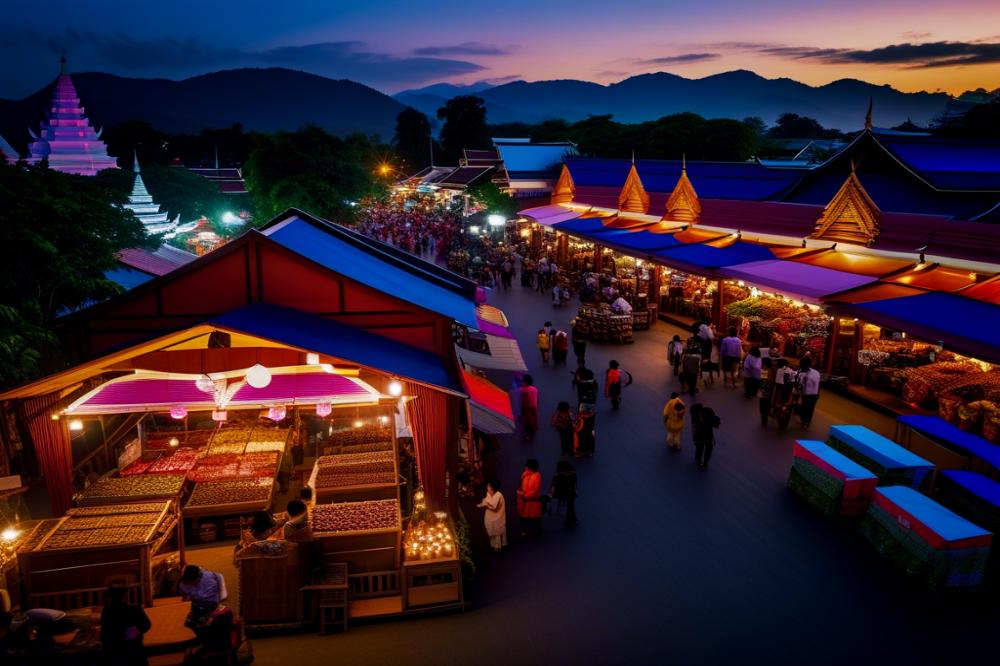Exploring the Ancient Temples of Chiang Mai
Chiang Mai stands out as a leading destination for adventure holidays in Thailand. Nestled in the lush mountains of Northern Thailand, it attracts thousands of visitors each year. They come not only for the breathtaking landscapes but also to discover its rich cultural tapestry. The city is an ideal base for exploring the outdoors, with options ranging from trekking to zip-lining in the surrounding hills.
Temples play a vital role in promoting the region’s cultural heritage and tourism. Each structure tells a story, showcasing centuries of history and architectural finesse. These religious sites attract spiritual seekers and history buffs alike. Visitors often find themselves captivated by the intricate designs and serene atmospheres of the temples. Wat Phra That Doi Suthep, perched on a mountain, offers stunning views and a deep connection to Buddhist traditions. Meanwhile, Wat Chedi Luang stands as a testament to past glory, showcasing ancient architecture that reflects Chiang Mai’s storied history.
The importance of these sites extends beyond religion. They are integral to understanding the historical context of Chiang Mai. Each visit contributes to the preservation of traditional practices and local customs. Tourists engage with the community, further enriching their travel experience. Overall, the temples serve as not just monuments but living examples of the region’s cultural heritage. Exploring the Ancient Temples provides a unique window into the heart of Chiang Mai, inviting all to share in its history and community spirit.
The Historical Significance of Chiang Mai Temples
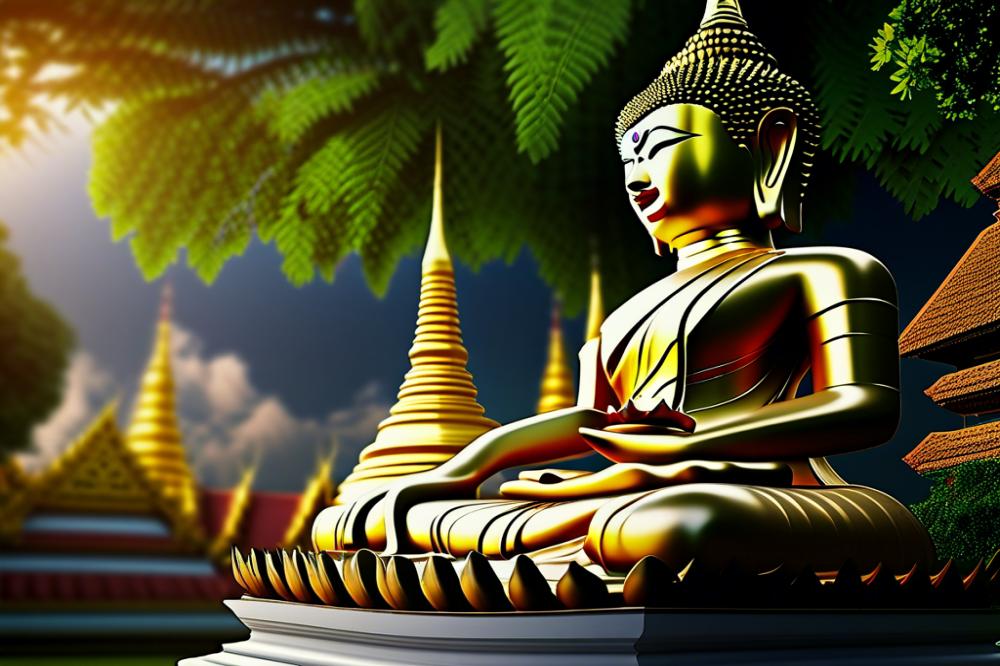
Chiang Mai has a rich and complex history. Founded in 1296, it served as the capital of the Lanna Kingdom. Over centuries, it evolved into a significant center for Buddhism. Numerous temples arose, symbolizing both spirituality and local culture. Many of these sacred spaces stand as testaments to the craftsmanship of ancient architecture. Visitors often marvel at the intricate designs and serene atmospheres.
Temples played crucial roles in the lives of local communities. They were not merely places of worship; they also functioned as centers for social gatherings and education. Festivals and ceremonies brought people together. This fostered a sense of unity among residents. The temples became landmarks, anchoring their neighborhoods in both history and tradition.
Several major historical events have left their marks on these religious sites. For instance, Wat Phra That Doi Suthep, often considered a mountain sanctuary, has been a site of pilgrimage for centuries. Legends surround its origins, enhancing its mystique. Another important temple, Wat Chedi Luang, once housed the Emerald Buddha, a symbol of Thai Buddhism. This landmark reflects the valley’s influence in Southeast Asia. Additionally, the turbulent times of war and political change shaped the narratives surrounding these sacred spaces.
Tourism has increased interest in these ancient sites. Many travelers seek to understand not only the beauty of the temples but also their stories. Understanding Chiang Mai history entails recognizing how these places shaped the community and the region. This engagement with cultural heritage allows visitors to connect with the past. In a way, the temples bridge the gap between ancient practices and contemporary life.
Architecture of Chiang Mai Temples
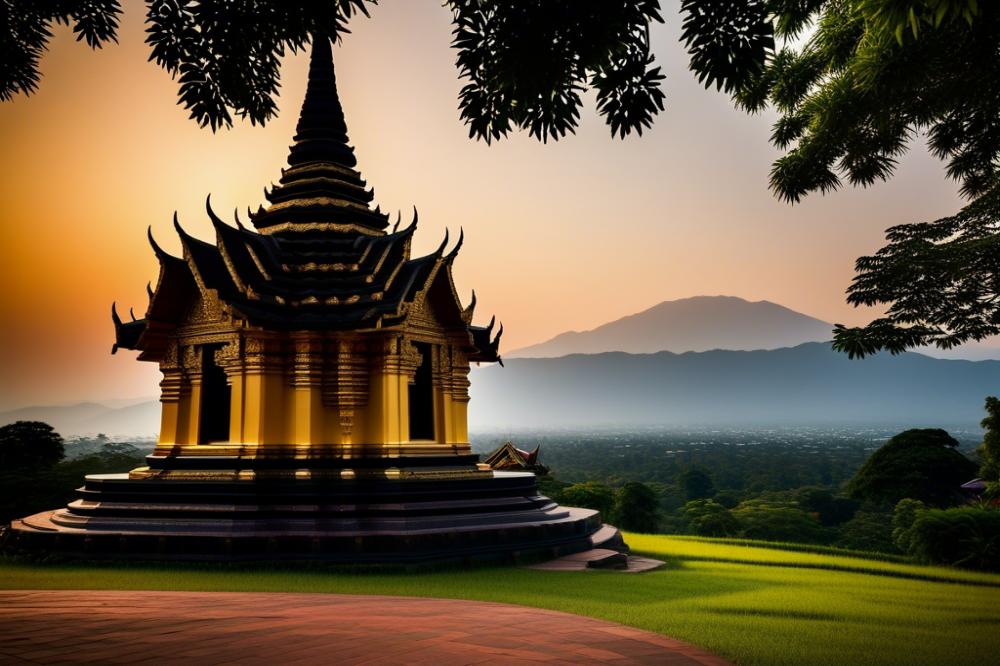
The temples of Chiang Mai are a testament to the rich architectural history that defines the region. Each structure showcases distinct and captivating styles, deeply rooted in the cultural heritage of northern Thailand. Visitors often notice the intricate details and artistic elements that adorn these religious sites. These features are not only visually striking but also tell stories of the past, reflecting the beliefs and values of the people who built them.
Traditional Lanna architecture significantly influences the design of many temples. Characterized by steep roofs that curve upward, these designs protect against heavy rainfall in the region. Wat Phra That Doi Suthep stands as a prime example of this style, showcasing the essence of Lanna’s influence. Visitors flock to this sacred site, drawn by its spiritual energy and stunning backdrop.
Walking through the temples, one can appreciate the artistic craftsmanship present in every detail. Elaborate wood carvings and vibrant murals depict scenes from Buddhist mythology. Wat Chedi Luang features a grand stupa which reflects the grandeur of the past. These artistic elements preserve the history and serve as a reminder of Chiang Mai’s importance as a cultural hub in Southeast Asia.
Moreover, the structural designs often incorporate symbols and motifs that have undergone generations of refinement. Many temples aim to create a serene atmosphere, encouraging reflection and peace among visitors. Each temple tells a different part of Chiang Mai history, inviting tourists to explore not only their beauty but also their significance within the community.
Overall, the architecture of these temples encapsulates centuries of faith and tradition. Each visit offers a chance to witness the intricate tapestry of history that has shaped the region. While modern influences are present, the essence of traditional Lanna design remains at the forefront, creating a timeless experience for all who come to admire these magnificent structures.
Wat Phra That Doi Suthep: A Sacred Icon
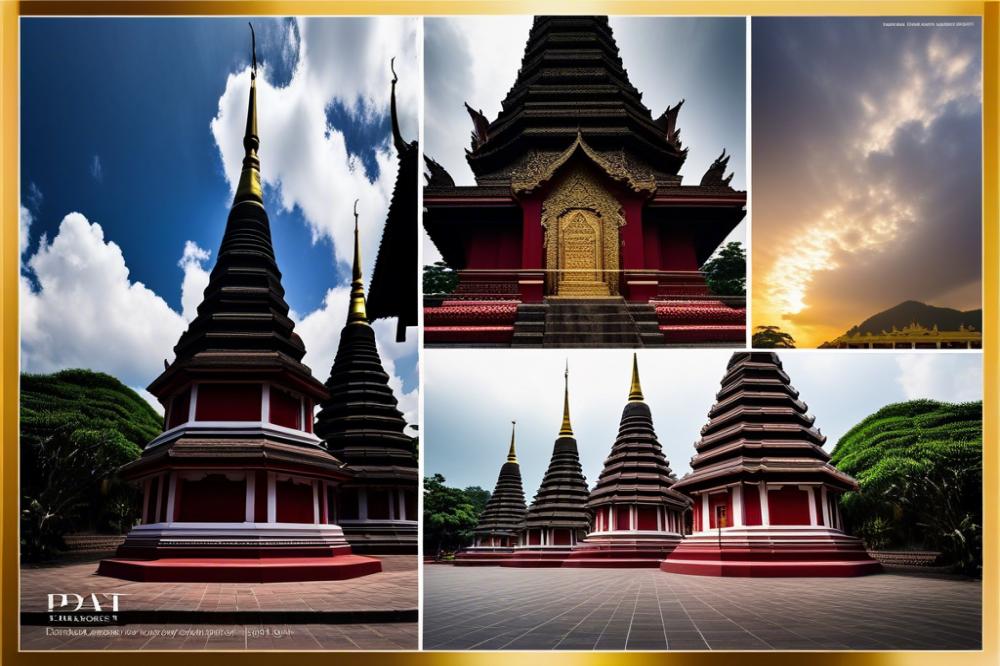
Historical Background and Significance of Wat Phra That Doi Suthep
Wat Phra That Doi Suthep was founded in 1383. This temple holds immense significance in both Buddhist culture and Chiang Mai history. According to legend, a relic of the Buddha was enshrined here after being carried up the mountain on the back of a white elephant. Over centuries, it became a revered pilgrimage site for countless devotees. The temple symbolizes spiritual devotion not just for locals, but for visitors from across Southeast Asia. Its rich history interweaves with the broader tapestry of Thai cultural heritage.
Description of Its Stunning Architecture and Location on Doi Suthep Mountain
This temple is perched on Doi Suthep Mountain, overlooking the city of Chiang Mai. Visitors are often captivated by its beautiful architecture. The golden stupa gleams in the sunlight, creating a striking contrast against the lush green hills. Intricate carvings and colorful mosaics adorn the temple’s structures, displaying exceptional craftsmanship. The site can be accessed via a winding road or a steep set of stairs, adding to the adventurous spirit of the journey. Visitors often find the panoramic views from the temple truly breathtaking.
Importance of the Temple in Buddhist Practice and Pilgrimage
For many, visiting Wat Phra That Doi Suthep is a spiritual journey. Devotees come to pay respects, offer prayers, and perform rituals. Every year, thousands of pilgrims traverse the mountain to reach this sacred site. The temple plays a vital role in the local Buddhist community. Festivals and ceremonies regularly fill the temple grounds, fostering a sense of unity and faith. Wat Chedi Luang, another significant religious site in the area, reflects similar values, but Doi Suthep’s elevation offers a unique spiritual experience. Balancing tourism and cultural heritage, this temple remains a cornerstone of regional identity and Buddhist practice.
Wat Chedi Luang: A Testament to Time
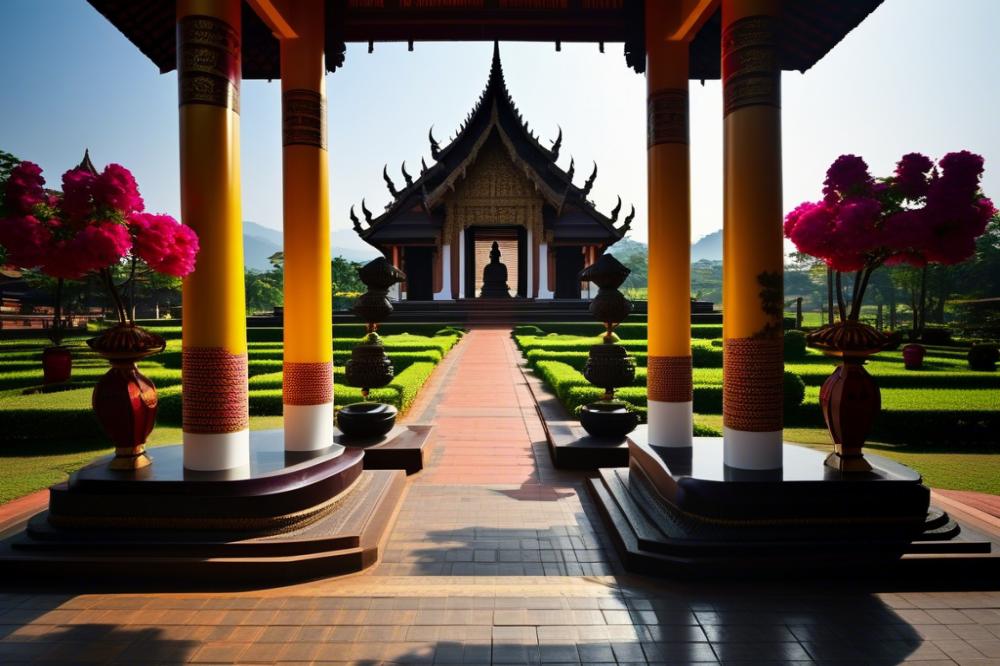
Wat Chedi Luang stands as a remarkable example of Chiang Mai’s rich history. Built in the 14th century, this temple originally served as a royal temple for the kings of the Lanna Kingdom. It was once the home of the Emerald Buddha, a highly revered symbol in Buddhism. Its role in Chiang Mai’s past is significant, reflecting the region’s importance in the history of Southeast Asia.
The architecture of Wat Chedi Luang is captivating. The Great Stupa, which dominates the site, once rose to a height of 82 meters, showcasing the skills of Lanna craftsmen. Today, visitors can see the impressive remains of this structure, despite the damage caused by an earthquake in the 16th century. Some statues and carvings still adorn its walls, revealing ancient artistry and devotion.
Beyond its fascinating architecture and history, Wat Chedi Luang plays a vital role in promoting cultural heritage. Local ceremonies and religious events continue to take place here, drawing both residents and tourists alike. This temple serves as a reminder of Chiang Mai’s spiritual roots. Its proximity to other important religious sites, such as Wat Phra That Doi Suthep, further enhances its significance in the area.
Tourism flourishes due to attractions like Wat Chedi Luang. Visitors from around the world come to explore its beauty and delve into the region’s rich narratives. Observing rituals and learning about the traditions that have shaped this place helps people appreciate not just the architecture, but also the ongoing legacy of Buddhism in the community. As such, Wat Chedi Luang continues to be an enduring symbol of Chiang Mai history.
Experiencing the Spirituality of Chiang Mai Temples
Visiting the sacred temples of Chiang Mai can be a profound experience. Many travelers wish to explore these historical sites while showing respect for the local customs. To begin, dress modestly. Shorts and sleeveless tops are often considered inappropriate. Instead, opt for clothing that covers the shoulders and knees. A traditional approach to visiting these religious sites promotes a sense of reverence.
Understanding local rituals is also important. Bowing with hands together in a prayer-like gesture indicates respect in many Buddhist cultures. When visiting a temple, taking time to observe any ongoing ceremonies can enhance your experience. Visitors might witness locals giving offerings or participating in chants that have deep roots in the history of Buddhist practices. Such moments can be very moving and offer insights into community life.
The atmosphere surrounding these religious sites is unique. Sounds of bells ringing or monks chanting can be heard as you approach. Wat Phra That Doi Suthep, perched on a mountain, offers stunning views, adding to its spiritual allure. People often come to reflect or seek guidance at this revered location. Similarly, Wat Chedi Luang’s impressive architecture showcases the history of Chiang Mai, bringing rich cultural heritage to the forefront.
Community activities play a significant role in temple life. Festivals often attract both locals and tourists, adding vibrancy to the surroundings. Experience the joy and celebrations that come with these events. Sharing in the local food and engaging in conversations opens doors to understanding the nuances of this Southeast Asian city. Watching residents tend to their spiritual needs can deepen one’s appreciation for their practices.
Respectful exploration leads to a richer engagement with Chiang Mai’s history. When wandering through these religious sites, remember that you are part of a larger narrative. Each structure and statue tells a story about the past. By embracing local customs and participating in the peaceful environment, each visit to the temples becomes more than just a sight to see; it transforms into a shared journey.
The Impact of Chiang Mai Temples on Tourism
Temples play a crucial role in attracting visitors to Chiang Mai. Tourists flock to religious sites like Wat Phra That Doi Suthep and Wat Chedi Luang. These temples boast intricate architecture and rich history. Many travelers seek to experience the cultural heritage of this region. Local guides often share stories about the significance of these ancient structures.
Furthermore, tourism centered around these temples contributes significantly to the local economy. Businesses flourish with the flow of visitors. Hotels, restaurants, and shops benefit from this influx. Visitors often engage in traditional crafts and local cuisine. This interaction helps to promote local culture and provides income for residents.
Although tourism has positive effects, challenges arise. Increased foot traffic can harm the temples and surrounding areas. It is essential to adopt sustainable tourism practices. Careful management can help preserve these historical sites for future generations. Visitors must respect the cultural and religious significance of these landmarks.
The future of tourism in Chiang Mai hinges on this balance. Advocating for cultural preservation will enhance the visitor experience. Developing programs that educate tourists on local customs can foster respect. Tourists can then appreciate not only the beauty but also the stories tied to these structures. Striving to maintain the integrity of the area is vital as more discover its wonders.
As awareness grows, so does the hope for responsible tourism. Engaging with local communities ensures that their voices are heard. Collaborations between travelers and residents will reinforce cultural advocacy. Protecting Chiang Mai’s history while enjoying its temples is a shared responsibility.
Final Thoughts on the Temples of Chiang Mai
Recapping the significance of the temples in Chiang Mai reveals their vital role in history, architecture, and culture. These ancient sites not only showcase exquisite designs and techniques, but they also tell stories of a rich past. Each temple, adorned with intricate carvings and vibrant murals, reflects the devotion to Buddhist principles that have shaped the local community.
Exploring these remarkable structures should be a priority for anyone on an adventure holiday in Thailand. They offer a glimpse into the spiritual life of the city, providing a serene escape from the hustle and bustle. Visitors can connect with the history and traditions that have endured for centuries. Engaging with the cultural heritage found within these sacred walls deepens one’s appreciation for the region.
Travelers are encouraged to immerse themselves in the unique experiences these temples provide. Taking a moment to sit in silence or to admire the peaceful surroundings can lead to personal reflection. Each visit to a temple can foster a connection not only with the local culture but also with oneself. Embracing the beauty of these ancient sites enriches any journey through Northern Thailand.

